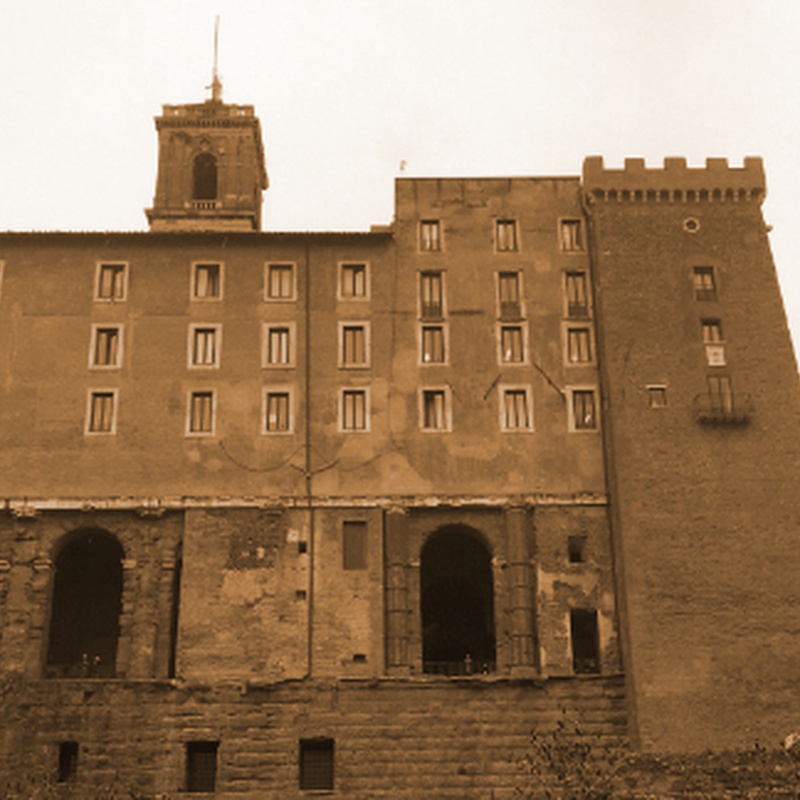Posted by Shazarch on 18 Mar 2021
The Tabularium
78 BCE, Rome
Archaeological site
In antiquity, the Capitoline Hill had two high points, the Capitolium to the south and the Arx to the north, separated by a saddle known as inter duos lucos or Asylum. The Tabularium was constructed in this area, among the remains of more ancient buildings, overlooking the level part of the Forum. Its trapezoid plan occupies the space between the Capitoline rise (Clivus Capitolinus), the ancient road to the Temple of Jupiter on the Capitolium, and an extension of the Sacra Via and the steps (Scalae Gemoniae and Gradus Monetae) leading to the Arx (Aracoeli) and the Temple of Juno Moneta. The site intermediate between the two summits and land conformation determined the configuration of this imposing building and the complexity of its functions over time. Much of the building remains today under the Palazzo Senatorio. The Tabularium, identified by inscriptions that recognize Quintus Lutatius Catulus as the one who ordered its construction, with Lucius Cornelius as the architect, consolidates and contains the area of the Asylum, as well as defining an edge of the Forum. The basement, designed to support various upper floors, measures 73 meters and has continued to do so well beyond the life of the Tabularium itself. The function of the Tabularium is debated; while it may have housed state archives, the centralization of conservation, consultation, and record-keeping functions as we understand them today were unknown in late republican Rome. Documents were often kept in private archives or temples, and public acts were displayed on bronze tabulae on the walls of public buildings. The Tabularium is a complex building in its meanings and uses. It served as an architectural solution to an engineering problem and a monumental backdrop to a particular area of the Forum. The basement today is made of regular blocks of tuff and peperino, with small windows into the rooms on the first floor, accessible by a narrow staircase. The facade of the next floor features three of the original eleven arches, framed by Doric half columns in peperino with capitals and architraves in travertine. Scholars have various hypotheses regarding the next level, which no longer exists. It may have been a platform for temples or a sequence of spaces organized from a portico. The forms, spaces, and meanings of the Tabularium remain a puzzle, as the building was modified for various uses over time, ensuring its conservation.
